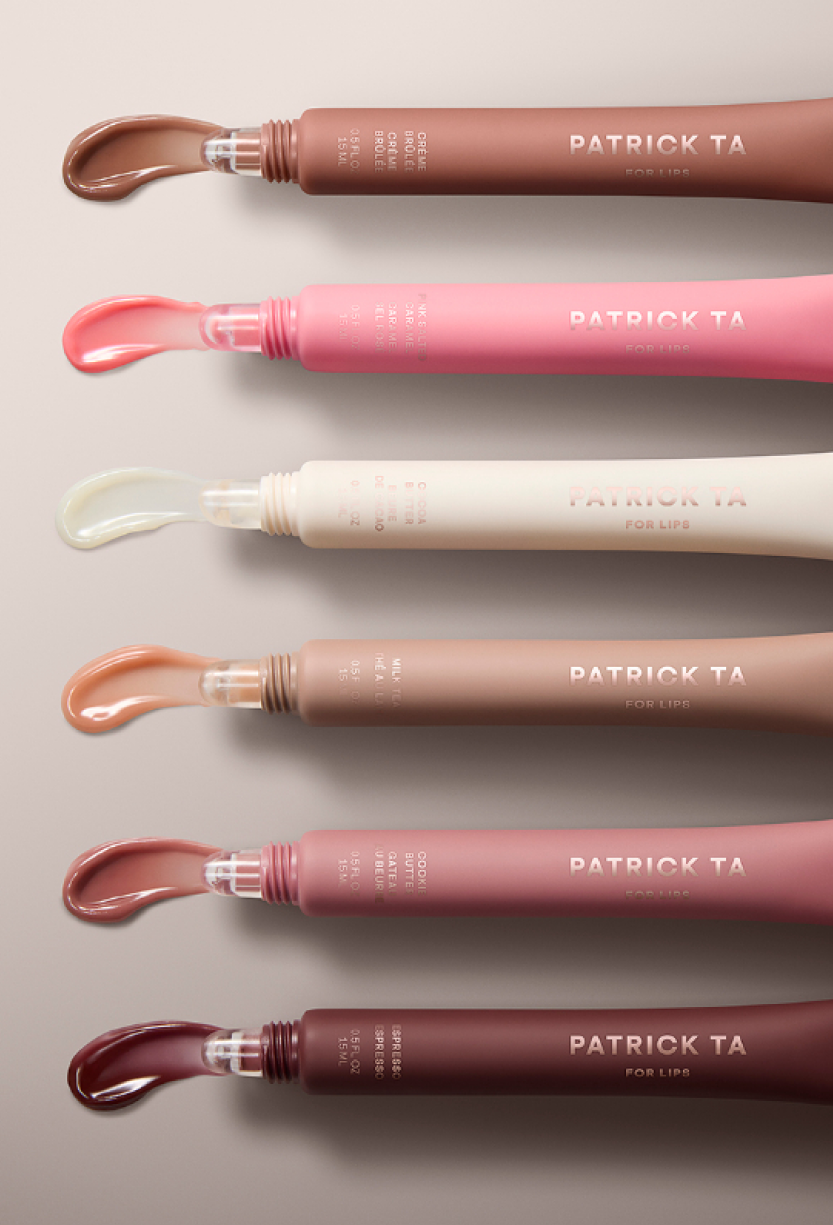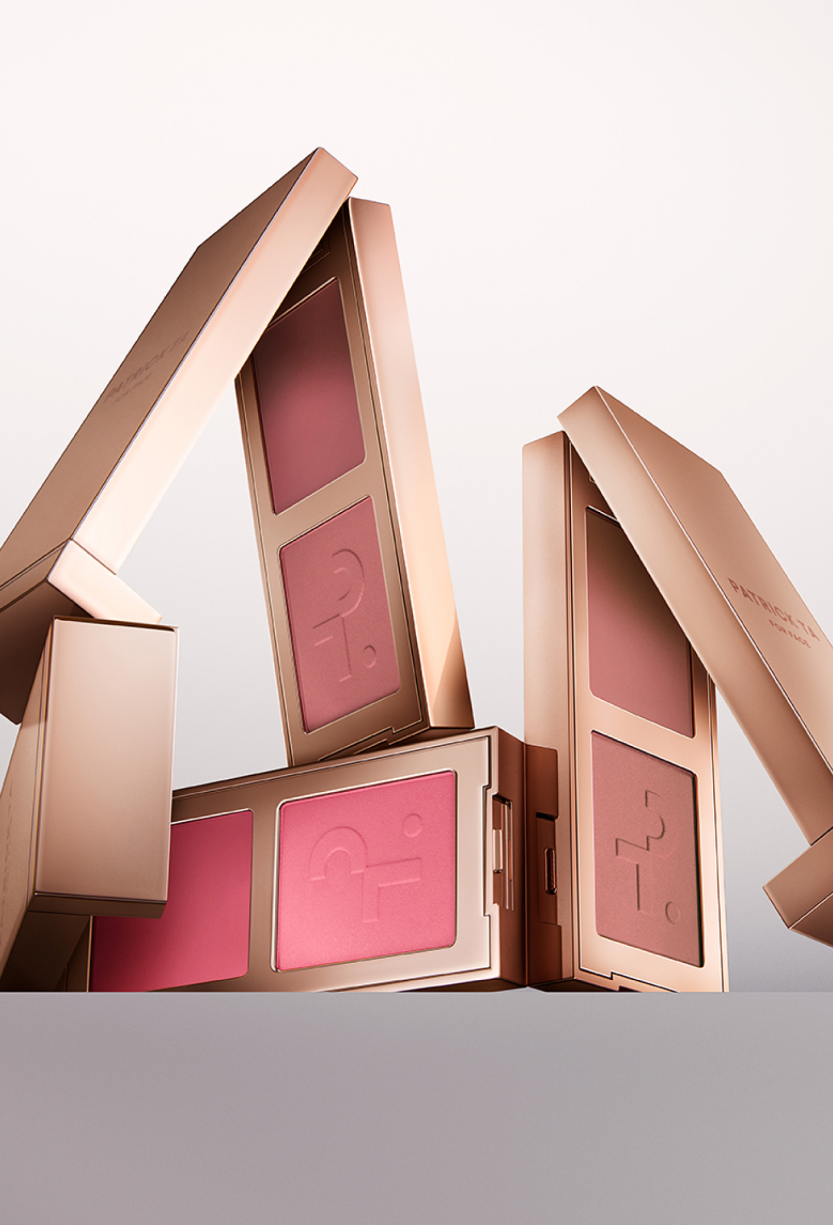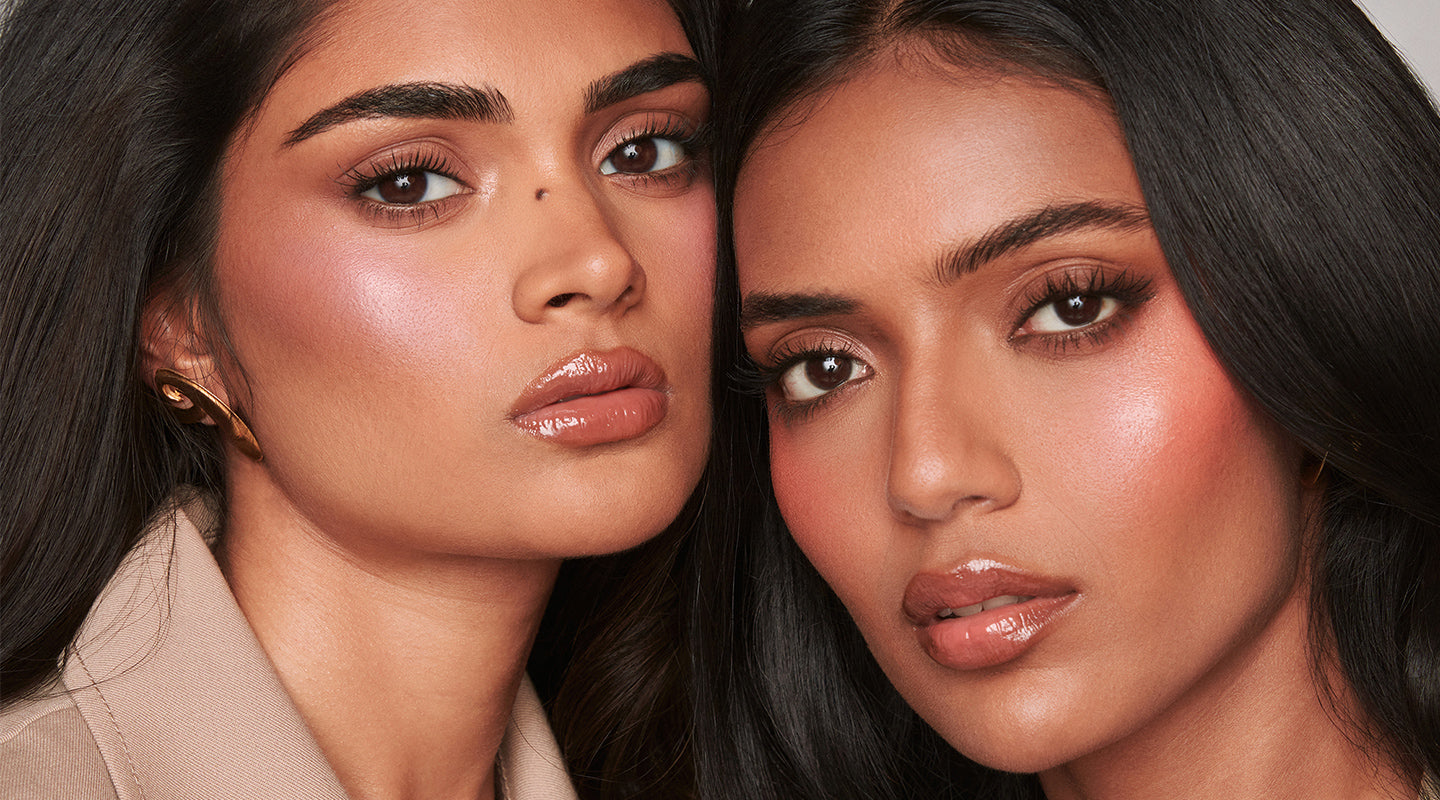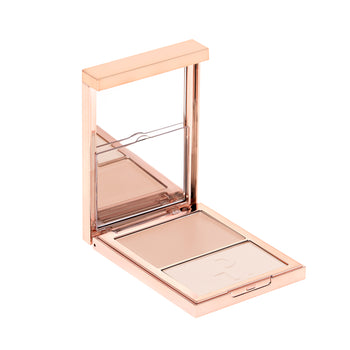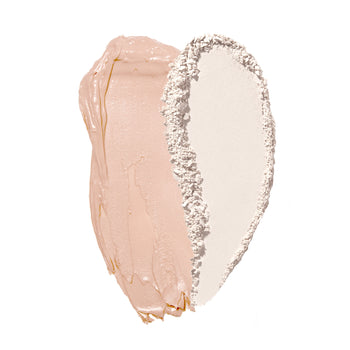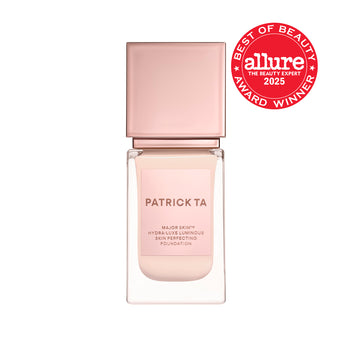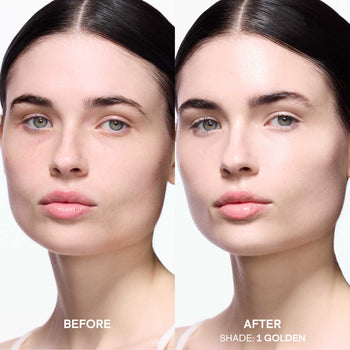How To Determine Skin Tone & Undertone
If something seems off about your makeup look, it might have to do with your skin’s natural tones. Knowing exactly what skin tone and undertone you are working with is essential for choosing makeup that allows your natural beauty to pop.

Skin Tone vs Undertone
The terms skin tone and undertone can get muddled, but there are distinct differences between the two.
Skin tone refers to the overall color of your complexion. In general terms, we categorize skin tone colors as being fair, light, medium, or dark – but of course, there is plenty of variety within each subcategory.
This tone has to do with the amount of melanin (AKA skin pigment) your skin has, which is influenced by genetics. Your tone can also change to a degree. For example, your skin may get darker when you spend time in the sun (which triggers your skin to produce more melanin) or use a self-tanner.
While skin tone can change, your undertone consistently stays the same. Undertones refer to the more subtle color underneath the surface of the skin that gives your complexion its own unique dimension. They are categorized into three categories:
Cool:
An undertone with blue, red, or pink hues.
Warm:
An undertone with yellow, gold, or peach hues.
Neutral:
An undertone with a balance of cool and warm hues. Olive skin tones often fall under this category.
Knowing both your skin tone and undertone is essential for picking makeup that flatters your skin. Take for example foundation. A foundation that matches your natural skin tone and undertone will seamlessly blend into your complexion for a natural, your skin-but-better look. Meanwhile, a mismatched foundation will simply look unnatural and off.
Determining Your Skin Tone
When it comes to figuring out your skin tone, analyzing your skin in the right light is crucial. Artificial lights can vary in color and often make the complexion look lighter or darker than it actually is. For the most accurate representation, take a look at your skin outside or near a window that gets a lot of light.
As you check out your skin under natural light, you’ll want to look at your jaw to best determine your skin tone. This area tends to not be affected as much by color changes compared to the rest of your face.
Another way to confirm your skin tone is by considering how your skin reacts to the sun. Here is how the different skin tones typically respond to sun exposure:
Fair:
This porcelain-like skin tone doesn’t tan and burns very easily.
Light:
Someone with light skin may be able to achieve a mild tan, but also has skin that is prone to burning.
Medium:
Medium skin tones typically tan fairly easily and are less prone to burning.
Dark:
This skin tone rarely burns, but tans very easily.
Deciphering Your Undertone

There are a few different tests you can try to determine your skin undertones, with the vein test being one of the most accurate. Simply look at your veins under natural light, and note what colors you see.
Notice purple or blue colors? You have cool undertones. If your veins have a greenish hue, you have warm undertones. Meanwhile, someone with neutral undertones will notice a combination of these colors.
If you need some more confirmation, try these tests:
Jewelry Test:
Silver jewelry typically flatters those with cool undertone skin, while gold jewelry works best with warm undertones. Able to pull off both? You probably have neutral undertones.
Color Fabric Test:
Hold different colored clothes against your skin to see what seems to suit you best. Cooler tones like blue complement cool undertones, whereas warmer shades like yellow work best with warm undertones. Neutral undertones can often pull off many different colors but typically look best with hues that aren’t super bold.
Sun Test:
Just like with skin tone, you can refer to how your skin reacts to the sun to determine your undertone. Cool-toned skin is often more prone to burning and doesn’t tan easily, whereas warm-toned skin tans quickly and isn’t super at risk of burning. Those who both tan and burn may have neutral undertones.
Warm, Cool, and Neutral Undertones
Knowing your skin's undertone will help you choose makeup and clothing colors that will best complement your natural features, making your complexion pop.
To flatter cool undertones, you’ll want to lean towards cooler shades of blue, green, pink, red, and purple. True bright white and black also work beautifully with cool undertones.
With warm undertones, hues of yellow, gold, and peach look great against the skin. This undertone also works well with orangey reds and pinks and yellow-hued greens, as well as browns and ivory (rather than bright white).
If you have neutral undertones, consider yourself lucky. You can typically pull off just about any color.
Practical Application: Makeup Tips for Different Undertones

When it comes to picking a foundation, you’ll need a formula that coordinates with your skin tone undertone. As you’ll see with the Major Skin Crème Foundation and Finishing Powder Duo, the best foundations will be marked with both the skin tone and undertone they are made for so that you can find an option best suited to your complexion.
For a flawless foundation match, consider the Major Skin Hydra-Luxe Luminous Skin Perfecting Foundation. This luxurious formula not only enhances your natural complexion but also seamlessly blends with your skin tone and undertone. Offering buildable coverage with a luminous finish, it's designed to match a wide range of skin tones while hydrating and perfecting the skin. Whether you have cool, warm, or neutral undertones, this foundation ensures a radiant and even complexion, complementing the knowledge you've gained about your unique skin characteristics.
Knowing your undertones isn’t only helpful for choosing the right foundation. You can also use this knowledge to choose lip colors, blushes, and eyeshadows that are most flattering to your natural features.
For your cheeks and lips, stick with hues that coordinate with your undertone. Cool undertones will want to seek out cooler pinks and reds, while warm undertones will want to look for warmer shades.
To make your eyes truly pop, consider working with eyeshadow colors that complement your undertones and work with your outfit. This will help you narrow down the best hues to make your clothing and your natural features tie together seamlessly.
Embracing Your Natural Beauty
At Patrick Ta, we’re all about celebrating the diversity in skin tones and undertones, and how they make each person uniquely beautiful. With our makeup products, we’re proud to promote inclusivity and representation in the beauty industry, ensuring everyone can access the products they need to express themselves through makeup and let their skin shine.
@patricktabeauty
@patricktabeauty
